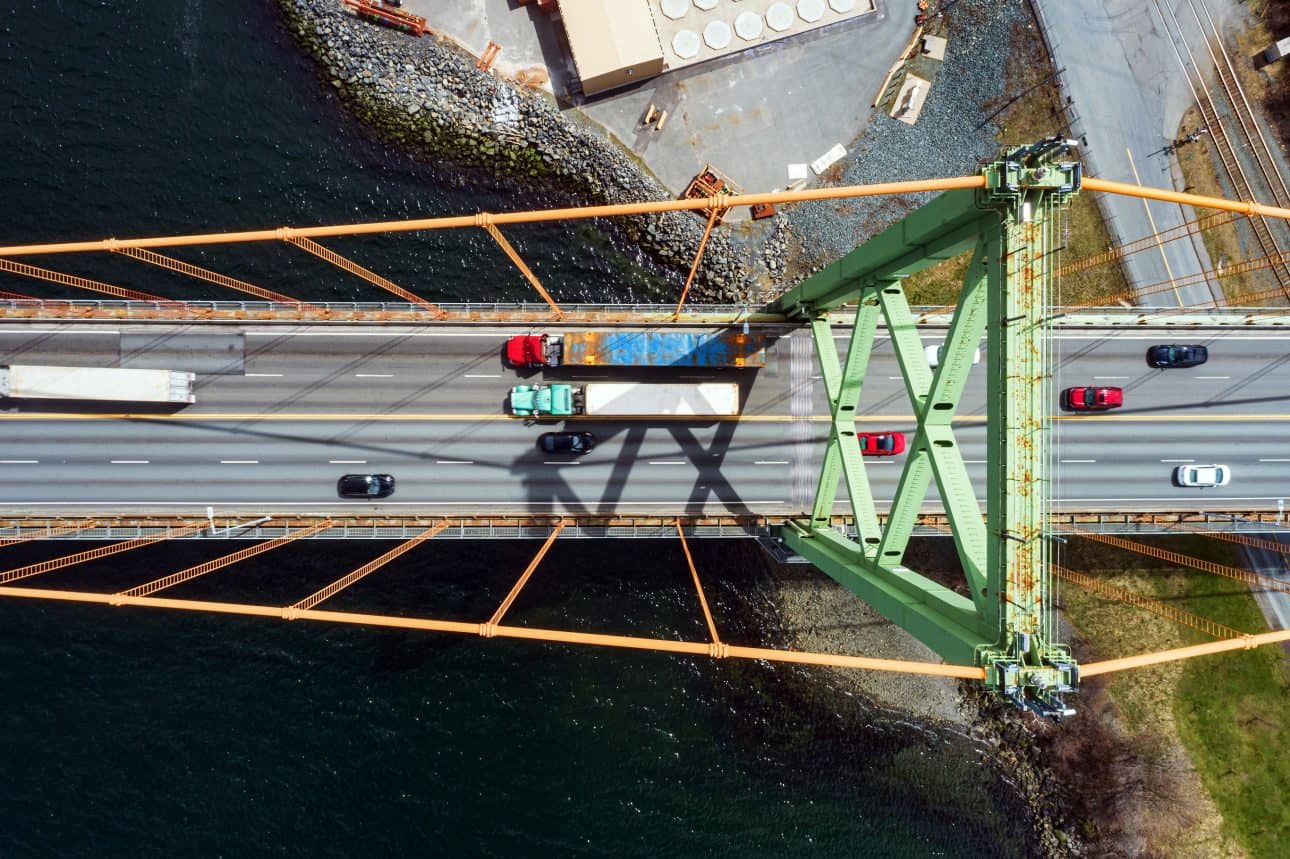Turning Data Into Decisions: Our 2025 Freight Impact and 2026 Vision
See how we helped planners improve safety, efficiency, and data-driven decision-making in 2025 — and where we’re heading in 2026.

The U.S. Department of Transportation to support initiatives that advance smarter, safer and more efficient operations. As a grant designed for state agencies, nonprofits, private colleges and other eligible organizations, a maximum of $46.5 million will be awarded to these entities to acquire new safety-boosting solutions. Applications for this round of funding are needed by April 19, 2024.
According to the National Safety Council, in 2021 alone, 117,300 large trucks were involved in accidents that caused an injury. This represents an increase of 12% compared to the prior year. This statistic, coupled with the fact that more vehicles are driving on all roads year over year, makes it even more critical for state, research organizations and departments of transportation (DOTs) to prioritize transportation safety technologies. As CMVs are one of the most consistent vehicle categories regularly traveling, their driving trends need to be studied in relation to those of non-CMVs. Doing so can help planners build smarter and safer road systems that account for the unique challenges that drivers of all vehicle types face.
The CMV safety grant will sponsor qualifying organizations’ pursuit of a number of technologies and software, including but not limited for collision analytics, pinpointing high-risk traffic corridors and the development of accident-countering strategies. Preventing crashes with the power of transportation insights will help reduce afflictions, enhance traffic flow and proliferate smarter cities.
This program release is paired with the innovative technology deployment (ITD), supporting the broader goal of the Biden-Harris Administration’s plan to enhance transportation infrastructure on a national scale. While the specific purpose of the CMV grant is to focus on and help improve commercial transportation safety, the objective of its counterpart is to promote sustainable, equitable, and efficient mobility for all Americans. The combination of these grants is key to helping organizations acquire the solutions they need to build truly comprehensive plans for better transportation as a whole.
Alongside these grants, the Commercial Vehicle Safety Alliance (CVSA) developed its strategic plan to help further advance safe CMV driving. Working with policymakers and those in the transportation and logistics industry, the organization’s objective is to help prevent harm and loss of life due to CMV-related traffic accidents. Given organizations’ recent focus on motorist safety, It’s becoming increasingly important to work toward a future in commercial transportation that’s characterized by fewer deaths and injuries. However, identifying the technologies needed first is crucial to building an effective plan’s framework.
Altitude by Geotab offers insights that help uncover the deeper realities of transportation movement. Our Altitude platform can help you study dynamic traffic insights like travel durations, speeds and congestion patterns, enabling you to make informed construction and policy decisions.
Our data helps you take a closer look at corridor traffic patterns and when these areas are at their busiest. Surveying the current traffic flow, volume of vehicles and what parking options currently exist near these corridors can help you develop new strategies like road widening, additional parking or traffic diversion tactics to enhance safety for all drivers. Altitude can play an integral role in projects supported by the CMV safety funding opportunity by enabling organizations to dig deeper and identify the root causes of any inefficiencies with current transportation infrastructure. Context on the purposes of certain CMV trips, why they’re following the travel patterns they do and which vocations they’re associated with also help entities create transportation safety plans that are supported by facts.
If your organization is eligible for a portion of the CMV safety funding, make sure to apply before the April 19 deadline. To determine if your organization meets the key requirements needed to qualify and submit an application, consult this webpage on the Grants.Gov website. Additionally, if you have any questions, you can reach out to the grant’s corresponding representative from the federal DOT. Altitude by Geotab is proud to offer our insights to help state agencies increase safety by implementing transportation policies and infrastructure that are backed by contextualized data. We’re constantly seeking new ways to add extra layers of depth to our insights, giving you unparalleled visibility into how both commercial and passenger vehicles travel.
Discover more about how Altitude can support your projects to enhance transportation safety by booking a free demo today.